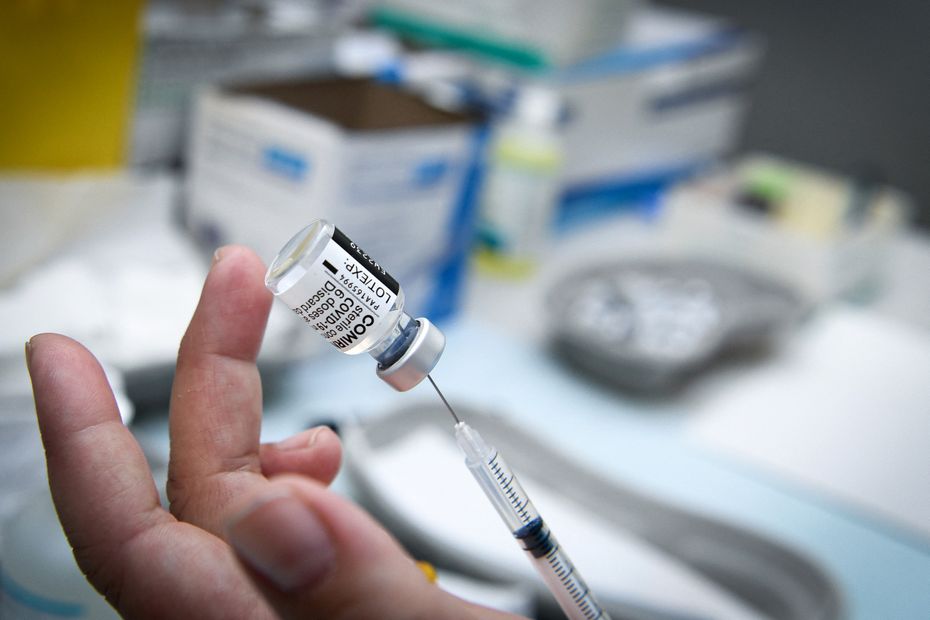In recent days, the circulation of the coronavirus has accelerated in Deux-Sèvres. With 85.3 contaminations per 100,000 inhabitants, it is the second most affected department in mainland France, behind Bouches-du-Rhône. The over 65s are the main affected.
Among all the departments of Nouvelle-Aquitaine, Deux-Sèvres currently has the highest incidence rate of the coronavirus.
As of October 15, it was 85.3 cases per 100,000 inhabitants, making it the second most affected department in mainland France, behind the Bouches-du-Rhône.
In one week, the incidence rate has more than doubled in Deux-Sèvres, we see an exponential increase and a situation that has deteriorated very quickly
Only one other department in the greater region also exceeds the alert threshold, but at a lower level, the Pyrénées-Atlantiques.
At the regional level, the incidence rate stands at 37.7 cases per 100,000 inhabitants, a slight increase in recent days.
[#COVID19 Situation en #NouvelleAquitaine au 18/10]
???? Incidence rate in New Aquitaine: 37.7 (↗)
????Low incidence rate: 0 departments
????Vigilance threshold: 10 departments
???? Alert threshold: Deux-Sèvres & Pyrénées-Atlantiques pic.twitter.com/7GQjBsM8YR– COVID – 19 – New Aquitaine (@ NA_Covid19) October 18, 2021
Clusters among seniors
Between early and mid-October, the incidence rate among people over 65 increased fivefold in Deux-Sèvres, from 43 cases per 100,000 inhabitants on October 3, to 232.8 two weeks later.
The incidence rate in people over 65 has multiplied by five in two weeks in Deux-Sèvres, with values that had not been reached since February 2021.
How to explain this situation ? For the ARS, it is notably linked to “the appearance of two important clusters linked to festive gatherings (dancing tea, seniors’ club), having generated 40 positive cases”. The regional agency also underlines the presence of cases of covid in five nursing homes, including two clusters.
So a tea dancing in Busseau, in Gâtine, brought together nearly 400 people on October 3, followed a few days later by a Belote afternoon in Secondigny.
Barrier procedures and third dose
However, these clusters are not enough to explain this increase, tempers Sophie Larrieu. “We see high incidence rates among people over 65 in all the two-Sèvres inter-municipal authorities”.
For the expert, two elements should be remembered: “a relaxation of respect for barrier gestures, and a decline in immunity in the elderly who have not yet received their third dose of vaccine”.
For the moment, this acceleration of the circulation of the virus has not given rise to a notable increase in hospitalizations, she also underlines. But there is always a gap between contaminations and admissions.
Faced with this situation, and a few days before the All Saints holidays, favorable to family gatherings, the ARS and the Deux-Sèvres prefecture alert the population, and encourage eligible people to make an appointment for a third dose of vaccine.
→ watch the report in Melles by Julie Chapman and Cyril Paquier:
–


